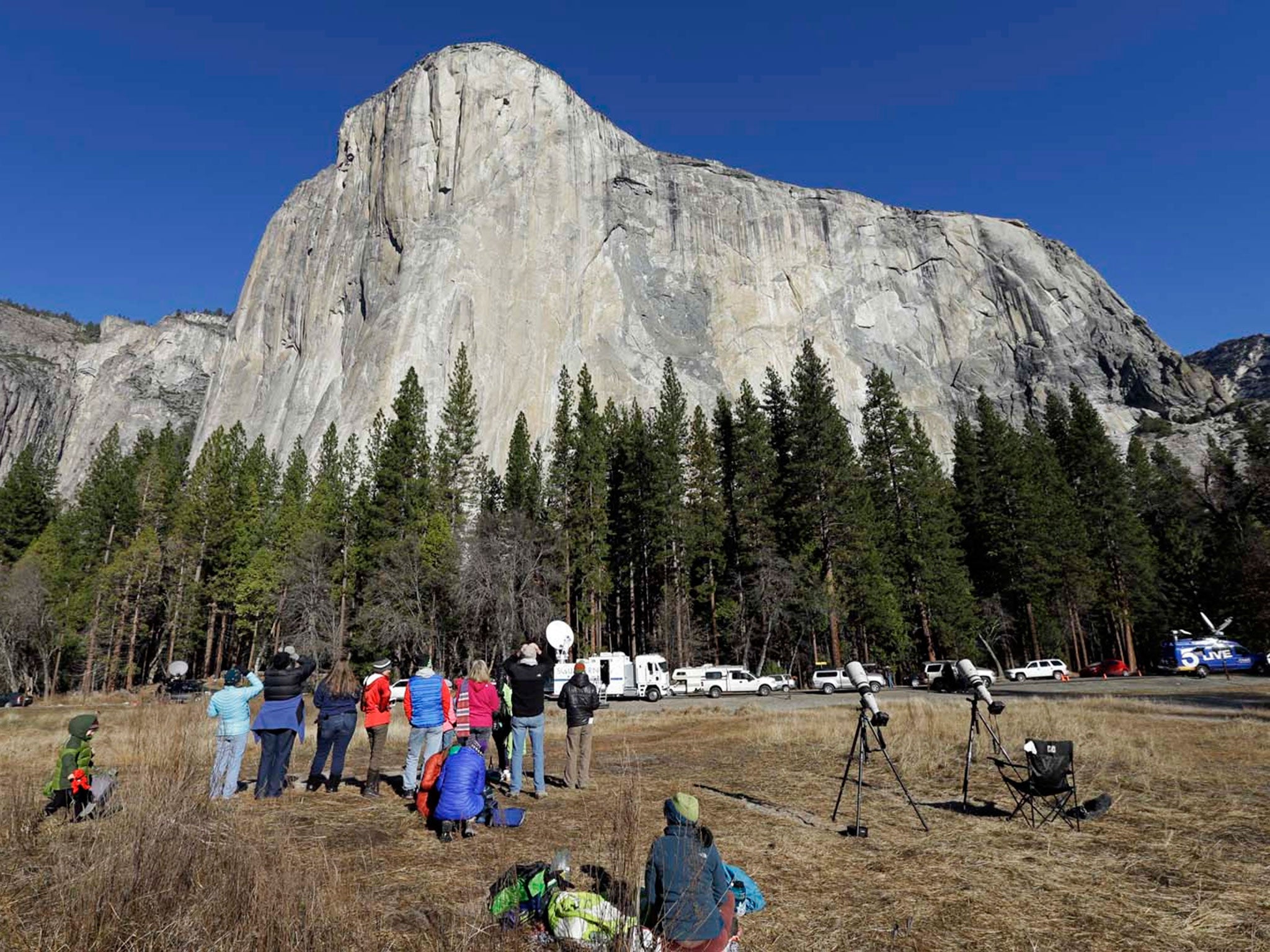We thought it was impossible to free climb the Dawn Wall of El Capitan - we were wrong
Why has this latest climb fascinated us?

For me, climbing is about sharing wild experiences in wild places with wild people. It’s about pushing yourself to your physical and psychological limits. Rather than adrenaline, I get a rush from seeing the world from a perspective many people will ever have. In fact, the actual act of climbing is almost an excuse for enjoying extending periods in some of nature’s most magnificent creations, such as the Yosemite Valley or the Lake District, where I live.
“Because it’s there” was George Mallory’s answer when he was asked why he wanted to Everest, in 1923. But as a climber, I find another of his quotes more poignant: “There is no dream that mustn't be dared”. And now, two American climbers, Tommy Caldwell and Kevin Jorgensen, have realised their own dream by completing what is arguably the most difficult climb in history.
The Dawn Wall of El Capitan is the biggest, steepest, blankest section of the most impressive cliff in the climbing world. Apparently glass smooth and towering vertically for 914m (that's almost three times the height of the Eiffel tower) above the magnificent splendour of California’s Yosemite National Park, it is fair to say that until they summited most believed that it was impossible to ‘free climb' that section of the face. Caldwell and Jorgensen climbed using only their fingers and toes, vision and determination, with ropes and climbing gear used only for safety in case of a fall.
We thought it was impossible in much the same way as most thought Everest impossible in 1920’s. But the crucial difference here is that unlike Mallory and Irvine, Caldwell and Jorgensen have lived to tell their tale in an unprecedented, real-time, online stream which culminating in live footage of them topping out being broadcast around the world and watched by millions.
For the last 17 days they have been living on the wall in hanging tents not much bigger than a single beds called ‘port-a-ledges’, and we have watched them at every moment. Clinging by their fingernails to holds which are literally the size of matchsticks, they have battled heroically against arctic wind storms, finger tips left raw from the razor sharp edges and the weight of their own desires, and in the process they have captured the world’s imagination.
It is unusual for a positive climbing story to generate anything like this a level media. Sadly, this tends to be reserved for tragedies or high altitude culture conflicts. So why has this fascinated us? Perhaps it is because there has been a dearth of things to celebrate in the first weeks of 2015, or perhaps it because the enduring metaphor of climbing personal mountains that seem impossible continues to resonate so acutely. Either way, there’s no doubt the jaw-dropping imagery and palm-moistening video of their endeavour has helped.
Most people are unaware that this success is the culmination of 55 years of Yosemite climbing history, which began in 1959 when Warren Harding succeeding in climbing El Capitan for the very first time, to similar media acclaim. Appropriately, today sees the home cinema release of Valley Uprising, a film which chronicles the fascinating story of Yosemite climbing’s evolution set against the back drop of its American counter culture roots.
Tommy and Kevin feature in the film, rehearsing the moves on the Dawn Wall. In total, they spent 800 days over eight years on the wall preparing for this historic ‘free’ ascent. They know every single hand and foot hold intimately, each movement was choreographed to perfection.
Because today, climbing at this level is more about gymnastic performance than about risking life and limb. Of course, it is still adventurous, and there is an ever present element of danger - Jorgensen broke his ankle in an attempt last year - but these men are more like Olympic gold medallists than daredevils. Today’s climbers see the risks not as a test of mortality, but as failing to achieve their goals.
There will always be new challenges and adventures, different way of approaching previous explored terrain with fresh vision. That’s part of the beauty of climbing. The evolution of Yosemite and world climbing will continue for many generations. I dare say one day somebody will climb route on El Capitan ‘free solo’, that is with not ropes or safety at all.
In Jorgensen’s words “it’s not an effort to conquer. It’s about realising a dream“ Or in Mallory’s “Have we vanquished an enemy? None but ourselves”
We all face our own mountains and impossible dreams, but few are as spectacular as the Dawn Wall.

Join our commenting forum
Join thought-provoking conversations, follow other Independent readers and see their replies